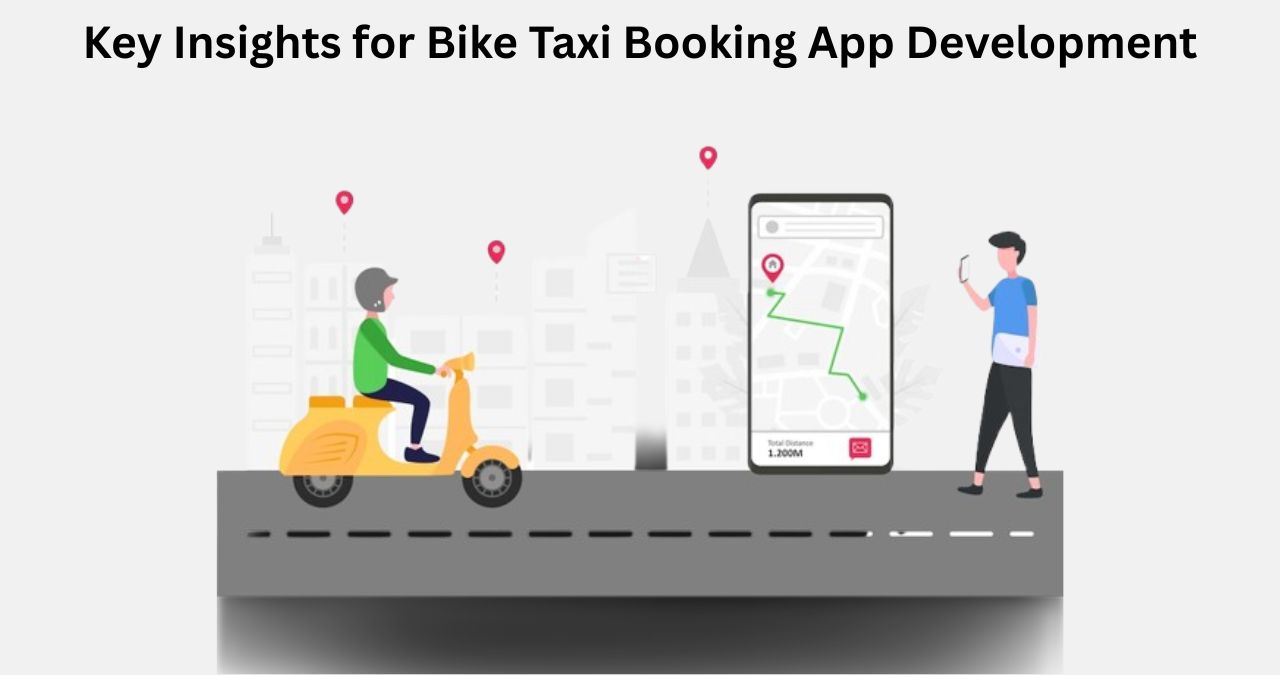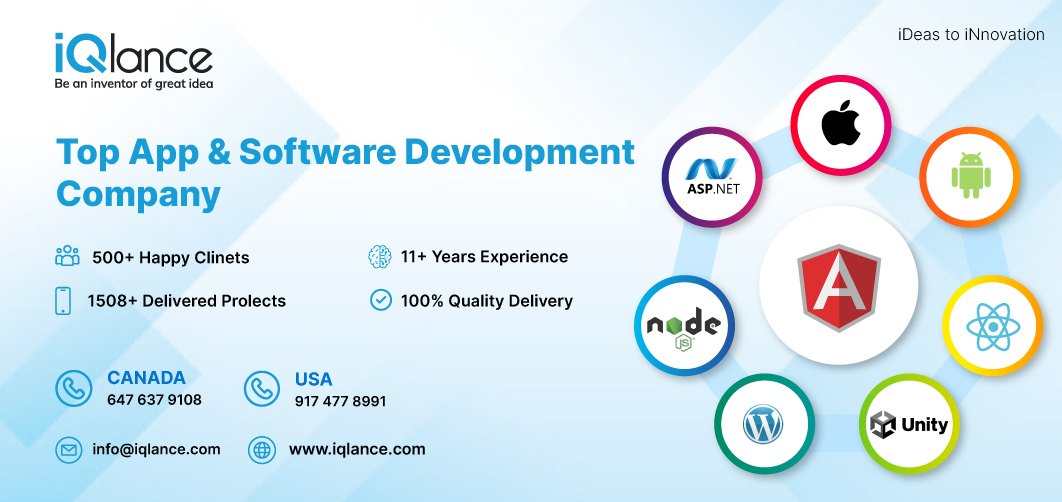Key Insights for Successful Bike Taxi App Development

Strong 8k brings an ultra-HD IPTV experience to your living room and your pocket.
Urban mobility is evolving quickly, especially in crowded cities where traffic is a constant challenge. Bike taxi services have emerged as an ideal solution—offering fast, cost-effective, and efficient transportation for short trips. For entrepreneurs, this growing demand presents an excellent opportunity to venture into bike taxi booking app development.
✍️ Building an app is more than just writing code—it requires planning, design, testing, and maintenance. Learn how the app development lifecycle works and why businesses rely on modern frameworks to stay competitive.
However, developing a successful bike taxi app requires more than just a great idea. It involves selecting the right features, technology, and strategic planning. In this blog, we'll dive into the essential insights every startup should consider before launching a bike taxi booking app development project.
Why Bike Taxi Apps Are Gaining Popularity
Bike taxi services appeal to modern commuters because they offer a quicker and cheaper alternative to traditional taxis. With rising fuel prices, longer commute times, and limited parking in cities, many people prefer two-wheeler rides for daily travel.
They are especially popular in countries where dense traffic is a constant issue. Riders appreciate the convenience of booking through an app, and drivers benefit from extra income opportunities. These factors contribute to the growing interest in bike taxi apps.
Market Considerations Before Development
Before jumping into development, it’s important to assess the business environment. The success of your bike taxi app depends on market demand, local laws, and how well you understand your target users.
Know Your Audience
Your app will most likely attract students, office workers, and daily commuters. These users want something fast, reliable, and budget-friendly. Their behavior should shape your app design, feature set, and promotional strategy.
Research the Competition
Look into other bike taxi apps operating in your chosen area. What features do they offer? How do they price their rides? Understanding the competition helps you define your unique selling point (USP).
Understand Local Regulations
Each city or country may have specific laws for bike taxi services. You’ll need to check license requirements, insurance policies, and traffic laws before launching. Legal compliance is essential to avoid penalties and gain public trust.
Key Features to Include
To succeed in this market, your app must deliver a smooth experience for riders, drivers, and administrators. Let’s explore the core features you should consider.
Rider App Features
The rider-side of the app should allow users to sign up quickly and book rides easily. They should be able to view nearby drivers, track the ride in real-time, and choose from various payment options. Riders should also receive fare estimates before booking and be able to review their ride history and rate drivers after each trip.
Driver App Features
For drivers, the app should support easy onboarding, including document uploads and verification. It should allow them to accept or reject rides, view trip details, navigate to destinations, and track earnings. A simple, user-friendly interface helps drivers perform better and complete more rides efficiently.
Admin Dashboard
The admin panel is essential for managing users, drivers, rides, and payments. Admins should be able to set pricing rules, monitor live trips, manage user issues, and generate business reports. A robust dashboard keeps your service running smoothly and helps you make informed decisions.
Choosing the Right Technology Stack
The tech stack you choose directly affects your app’s performance, security, and scalability. You’ll need a combination of front-end, back-end, and third-party tools to build a complete solution.
- For the front-end: React Native or Flutter is ideal for creating cross-platform apps.
- For the back-end: Node.js or Python offers fast and scalable server performance.
- Database: Use MongoDB or PostgreSQL for storing user and ride data securely.
- Maps & GPS: Integrate Google Maps or Mapbox for navigation and real-time tracking.
- Payment gateways: Use secure providers like Stripe, Razorpay, or PayPal for safe transactions.
- Security and data privacy should also be a top priority, especially when handling payment and personal information.
Development Process: Step-by-Step
Creating a reliable app takes careful planning and execution. Here’s a simple breakdown of the development process.
Step 1: Define Goals and Requirements
Start with a clear idea of your business model, target audience, and must-have features. Decide if you want a full-scale app or a Minimum Viable Product (MVP) to test the market.
Step 2: Design the UI/UX
User experience plays a huge role in user retention. Work with designers to build intuitive, clean interfaces that make booking and driving simple.
Step 3: Develop and Test the App
Development teams should follow agile practices for faster output. Make sure to test each feature across devices to ensure performance and fix bugs before launch.
Step 4: Launch and Monitor
Once tested, deploy your app on Android and iOS platforms. Monitor user feedback and be ready to release updates. Continuous improvement is key to long-term success.
Cost to Develop a Bike Taxi App
Development costs can vary based on location, team size, and app complexity. On average, building a basic bike taxi app may cost between $15,000 and $25,000. If you’re aiming for a fully customized solution with advanced features, the cost can go up to $40,000 or more.
Here's what influences the cost:
Number of platforms (iOS, Android, or both)
Feature set (basic vs advanced)
Custom design and branding
Third-party integrations (payments, maps, etc.)
Ongoing maintenance and updates
It’s smart to start with an MVP and scale as your business grows. This approach saves costs and helps validate your idea in the market.
Conclusion
Launching a bike taxi booking app is a great opportunity in today’s fast-paced cities, where affordable and quick transportation is in high demand. To succeed, your app must combine functionality with a seamless user experience.
Careful planning, choosing the right features, and a solid tech stack are key to success. Partnering with a clone app development company ensures you build a scalable, reliable solution while avoiding common mistakes.
Note: IndiBlogHub features both user-submitted and editorial content. We do not verify third-party contributions. Read our Disclaimer and Privacy Policyfor details.







